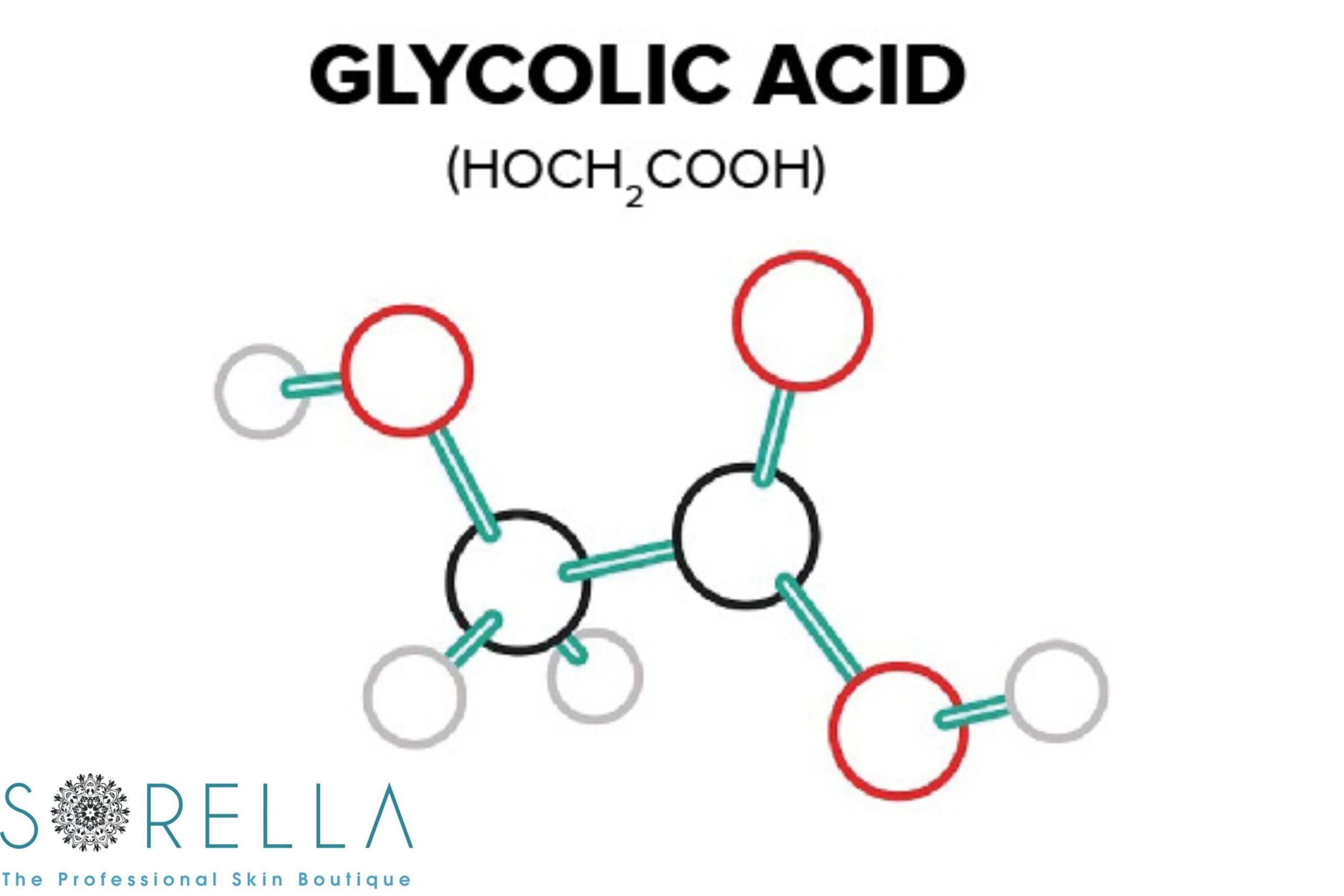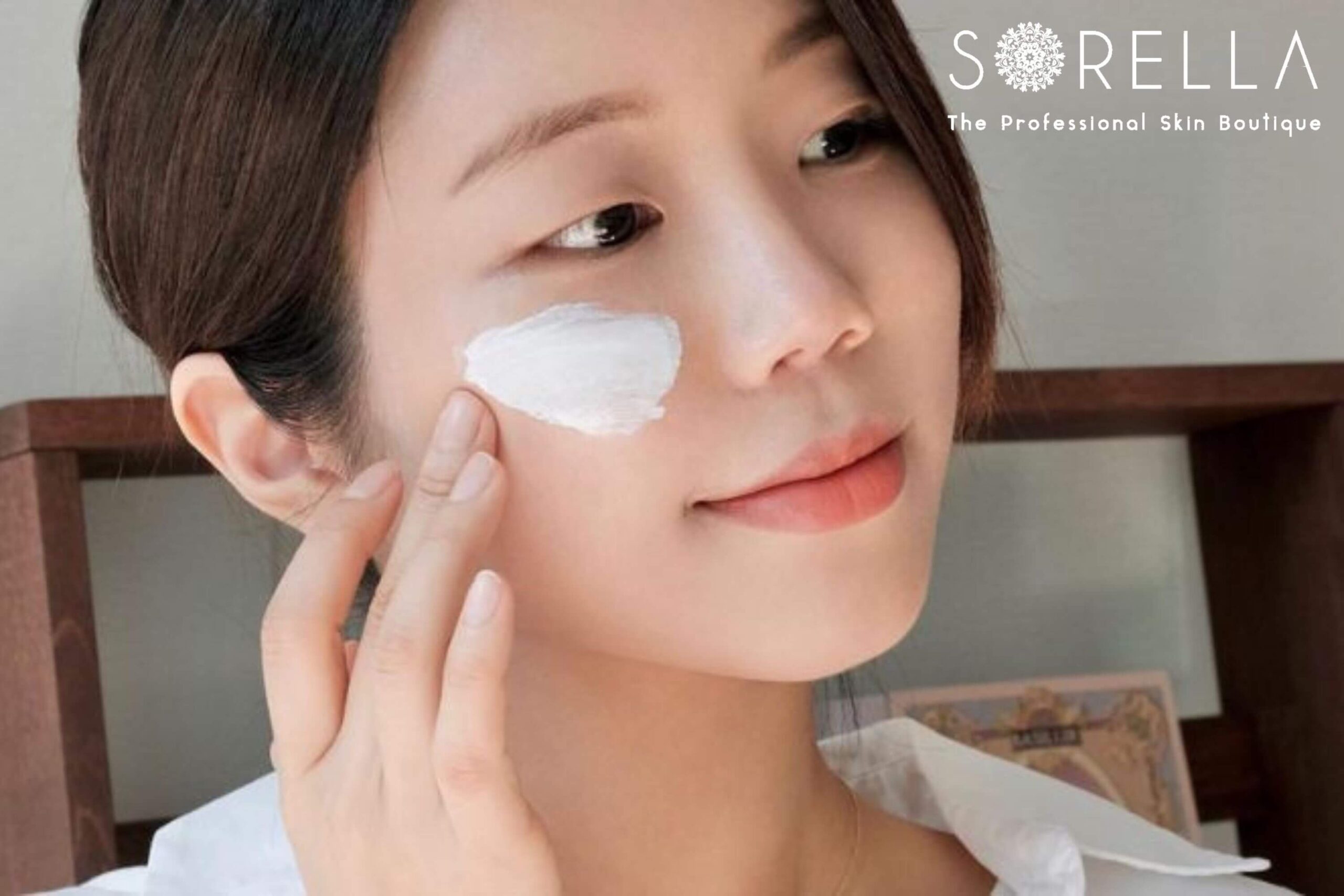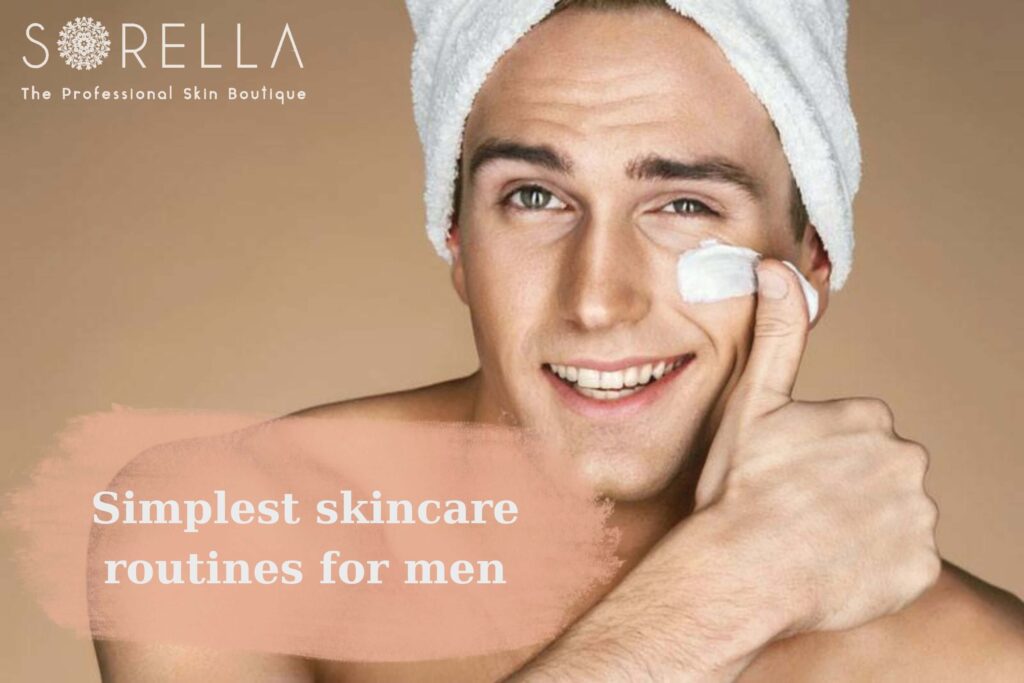bí quyết làm đẹp
Glycolic Acid and 7 common questions about glycolic acid
AHA-based skin care products are no longer rare for ladies. It is well recognized that this component contributes to very safe and effective skincare. However, not everyone is aware of AHA’s definition or how it works in cosmetics. In this article, we will give you some information about AHA, glycolic acid, to be exact: Glycolic Acid and 7 common questions about glycolic acid.
What is Glycolic Acid?
What is Glycolic Acid? AHA is a type of acid called Alpha Hydroxy Acid. AHAs can be found naturally in oranges, tangerines, apples, pears, sugar, milk, and other types of plants and can also be synthesized based on chemical reactions, and is is derived from 7 types of acid: Glycolic Acid, Acid Citric, Acid Lactic, Acid Hydroxycaproic, Acid Malic, Acid Hydroxy Caprylic, and Acid Tartaric.

In the Alpha Hydroxy Acid family, Glycolic Acid is the most widely researched and popular compound. The reason is that this compound has some outstanding uses in skin care. Glycolic Acid molecules are very small in size compared to other members of the same AHA family. Therefore, this compound easily penetrates quickly and absorbs into the skin better even at a deep level, so it effectively nourishes the skin and solves some “painful” problems on the skin.
What does Glycolic Acid do?
Glycolic acid, like other AHAs, acts on the surface layer of the skin, loosening and dissolving the ‘bond-like-cement’ between dead cells. It therefore gently resurfaces the skin without the need for scrubbing. This is why acid-based products are often referred to as ‘chemical exfoliators’, in contrast to traditional, grit-based ‘physical exfoliators’, which are now largely regarded as the inferior option due to their abrasive nature.
What does Glycolic Acid do? Not only kill cells, but glycolic acid can also boost collagen and stabilize pigment-producing cells to reduce wrinkles, and fine lines; potentially minimizing dark spots and uneven skin. What is more, this versatile ingredient tackles multiple concerns, improving texture, radiance, and overall, helping you to achieve good skin health.
What to expect: As the acid works, you might feel a tingling sensation as the “glue” holding dead cells together starts to break down. But fear not! This is a sign that the product is starting to work. You won’t see flakes peeling off, but you’ll soon notice smoother, softer, and more radiant skin.
Which skin types does glycolic acid work best for?
Glycolic acid is safe for all skin types and is beneficial for skin for many years. Glycolic acid, on the other hand, is best suited for people with dry-to-normal skin that shows symptoms of aging, uneven tone, or obstinate evidence of environmental damage. It’s also ideal for people who have oily or acne-prone skin.

This acid is one of the most potent AHAs because of its tiny molecule size, which allows glycolic acid to slide past the skin’s surface and enter deeper, underneath your face. Although greater penetration makes glycolic acid more helpful, it also raises the possibility of hypersensitivity of your skin. If you want to reap the advantages of glycolic acid but are concerned about irritation, experiment with low frequency of use and wear sunscreen during the day and a nourishing moisturizer at night.
AHA concentration level
If you’re new to this type of exfoliation, a 5% glycolic acid lotion is your gentle companion. Suitable for daily use, it buffs away dead skin cells, revealing a brighter, smoother complexion. This mild formula lays the foundation for a healthy glow, perfect for those with sensitive skin or just starting.
If you’re ready to take on a mid-strength level exfoliant, an 8% glycolic acid lotion exfoliant or 8% gel exfoliant can be a nice option. These mid-strength options combat dullness and early signs of aging like fine lines, leaving you with a more luminous and youthful appearance. Lotions offer a gentler touch, while gels penetrate deeper for targeted exfoliation. Choose based on your skin’s sensitivity and desired results.
If you’re looking for something more powerful to tackle deeper wrinkles, dullness, and stubborn signs of sun damage, we recommend using a higher-strength glycolic acid serum that can be added seamlessly into your routine.
Want smoother skin beyond the face? A glycolic acid body lotion is the perfect way to go for baby-soft skin on arms, legs, elbows, and knees.
Glycolic Acid and 7 common questions
Is it safe for sensitive skin?
Not always. If you have sensitive skin that is itchy and uncomfortable when going outside or to a new environment while traveling, you may want to use low concentrations and start with a small area to avoid irritation all over your face; above all, you should consider consulting a dermatologist if you still not sure if you want to use the product.
Can I use it in the sun?
The answer is no. Glycolic acid removes your dead skin, makes your skin smoother, and also makes it a bit weaker and more sensitive under the sunlight. Always wear sunscreen with SPF 30+ and wear a long-sleeved jacket or sun protector clothes during the day to protect your skin.

Is it safe during pregnancy or breastfeeding?
Consult a doctor before using glycolic acid during pregnancy or breastfeeding to prevent harm to your body and the baby.
What type of product should I choose (toner, serum, cleanser)?
The best type would depend on your skin type and concerns. Serums offer higher concentrations for targeted treatment, while cleansers provide gentle exfoliation for the skin.
Are there any natural alternatives to glycolic acid?
You could also try to use lactic acid and mandelic acid to achieve similar benefits; those alternatives are milder than glycolic acid, which makes it a nicer choice for sensitive skin.
Can I mix glycolic acid with retinol?
Retinol helps speed up skin turnover by peeling off dull skin to expose healthy-looking skin, while glycolic acid works by removing the outermost layer of dead skin. Given their potent natures, it is suggested to avoid combining them in one application to prevent irritation. Though, you may gradually begin incorporating them into your skincare routine. However, if you have dry or sensitive skin make sure to consult your dermatologist for advice.
How old do you have to be to use glycolic acid?
Anyone can use it for skin treatment; However, the amount and frequency for each age will differ, so make sure to ask the expert beforehand.
Tư vấn chuyên môn bài viết:
TS.BÁC SĨ NGUYỄN HỮU QUANG
You can refer to other beauty information about Sorella through the articles below:
Causes and 2 Ways to Cure Back and Body Acne
The Real Difference Between Hot and Cold Waxing for Hair Removal 2023
The Finest Nail Trends 2023? Find out what to anticipate this year in the world of nail art!
A Step-by-Step Guide to Eyelash Extensions 2023
6 Simple Ways to Remove Nail Polish
- DETOXIFYING SERVICE DESCRIPTION AT SORELLA BEAUTY & SPA
- HAIR REMOVAL Service at SORELLA BEAUTY & SPA: Essential 5+ Steps
- Remove makeup how many times is good?
- Details of SUPER AMPOULE facial care service of Sorella Beauty & Spa
- Details of PREMIUM BRIGHTENING SKIN – facial care service of Sorella Beauty & Spa


 Tiếng Việt
Tiếng Việt 中文 (中国)
中文 (中国) 한국어
한국어







